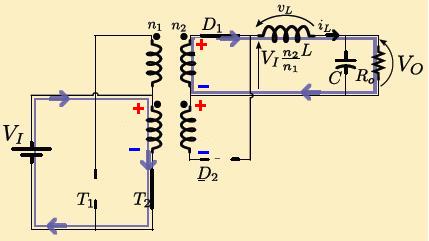
The circuit diagram for the Class A amplifier is given below.Īlthough all the configurations of the push-pull amplifier can technically be called push-pull amplifier, only the Class B amplifier is the actual push-pull amplifier. This causes the amplifier to heat up considerably requiring large heat sinks at the output transistors. The class A amplifier allows load current to flow through it even though there is no input signal. The efficiency of Class A amplifier is very low hovering near 30%.

It is designed such that it gives at its output minimum distortion and maximum amplitude of a signal. It consists of only one switching transistor that is kept ON always.
Working of Push-Pull Transistor CircuitĪmong the three configurations of the push-pull amplifier, the most common one is Class A configuration. There are many types of push-pull amplifier circuits but we will consider the following ones related to push-pull amplifier circuits: There are three types of push-pull amplifier but generally, Class-B amplifier is considered as push-pull amplifier. The main advantage of this transistor circuit is that there is no power dissipation at the output transistor, when there is no signal. One transistor pushes the output on positive half cycle and other pulls on the negative half cycle, hence the name push-pull amplifier. It consists of two transistors in which one is NPN and the other is PNP. While the use of these components is extensive, the first choice when it comes to delivering power to these, is a push-pull transistor circuit. It is also known as Push-Pull Amplifier and in TTL (Transistor Transistor Logic) circuits, it is called “‘ Totem Pole Output” based on transistors, diodes and resistors.Ī servo amplifiers is used widely because of a special trait that lets them transfer energy to load or even absorb power from the load at times. It used to supply high power to the load. 
Push-Pull Amplifier Circuits using TransistorsĪ Push-Pull transistor circuit is an electronic circuit that uses active devices connected in a particular way that alternatively supply current and absorb from connected load whenever needed.






 0 kommentar(er)
0 kommentar(er)
